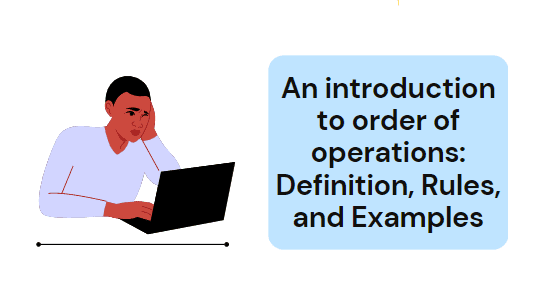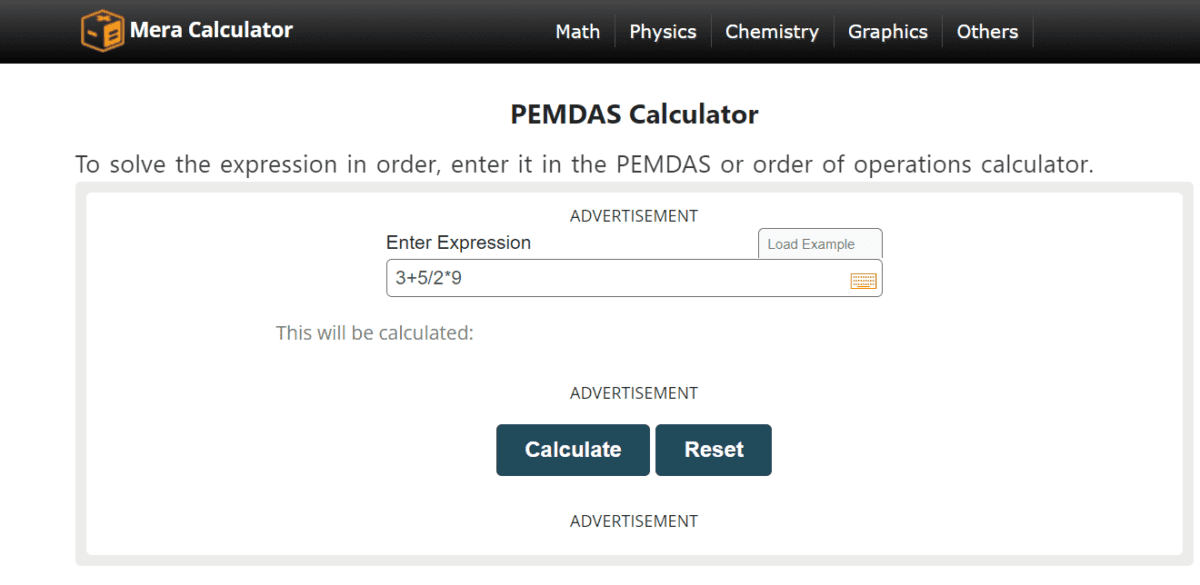Socialism is a system that wants to make society fairer by sharing ownership and control of the things that make money. In there, resources and wealth divide more equally among everyone. So that there is less difference between rich and poor and more help for people who need it. Governments often use socialism to make big businesses become owned by everyone and to make sure that important things like healthcare and education are available to everyone. Also, Exactly how socialism works can be different in different places. But the main idea is to make things fairer for everyone.
Understanding Socialism: Meaning, Definition, History, Types, Analysis, Pros and Cons with Examples
What is the meaning of Socialism? It is an economic and political ideology that advocates for the collective ownership and control of the means of production, distribution, and exchange of goods and services. It aims to create a more equitable society by reducing socioeconomic inequalities and ensuring. Resources and wealth share more equally among the members of a community or society.
At its core, socialism challenges the capitalist system. Which characterize by private ownership of industries and the pursuit of profit. Instead, socialists argue for the transfer of ownership and control of key industries. Such as factories, mines, utilities, the state, the community as a whole, or worker cooperatives. The objective is to eliminate or minimize exploitation, class struggle, and the concentration of wealth and power in the hands of a few.
They seek to establish a planned and centralized economy where the government or the community has a significant role in decision-making, resource allocation, and the provision of public services, such as healthcare, education, and social welfare. Advocates of socialism argue that this approach can lead to a fairer distribution of resources, reduce poverty and inequality, and promote social justice.
However, it’s important to note that there are different variations of socialism, ranging from democratic socialism. Which combines socialist economic principles with democratic political systems, to more authoritarian forms of socialism. Where the government exercises substantial control over the economy and individual liberties may limit. Also, The practical implementation and interpretation of socialism can vary across different countries and historical contexts.

Definition of Socialism
It is an economic and political theory that believes in everyone sharing and controlling the production and distribution of goods and services. It aims to make society fairer by reducing differences between rich and poor. In there, things like factories, land, and resources stand owned and controlled by the state, community, or workers. The goal is to make sure wealth is shared equally and important economic decisions are made together. Also, it often includes services like healthcare, education, and housing, which are provided and managed by the government.
It focuses on giving resources to everyone and caring for the common good rather than individual profit. Supporters of socialism say it can solve problems like poverty, inequality, and unfair treatment by creating a system. Where everyone has what they need and economic power distribute more evenly. But critics worry that it could be inefficient, discourage personal motivation, and limit personal freedoms. It’s important to know that socialism can implement and understood in different ways. Like democratic socialism that combines socialist ideas with democratic politics, and more centralized or controlling versions.
History of Socialism
The history of socialism dates back to the early 19th century when various thinkers and activists began to critique the capitalist system and advocate for more equitable economic arrangements. The roots of socialism can trace to the works of philosophers and economists. Such as Karl Marx and Friedrich Engels, who laid the foundation for Marxist socialism.
Marxist socialism, also known as communism, emerged as a response to the social inequalities and exploitation of the working class during the Industrial Revolution. Marx argued that capitalism inherently leads to the accumulation of wealth in the hands of a few while the majority of people struggle to meet their basic needs. He envisioned a classless society where the means of production stand owned collectively and where wealth is distributed according to one’s needs.
The ideas of socialism gained traction in the late 19th and early 20th centuries, particularly in Europe. As labor movements and socialist parties sought to address the social and economic grievances of the working class. Socialist parties stood established in countries. Such as Germany, France, and the United Kingdom, advocating for workers’ rights, social welfare, and the public ownership of key industries.
The Russian Revolution in 1917 marked a significant turning point in the history of socialism. Led by Vladimir Lenin and the Bolshevik Party, the revolution resulted in the establishment of the world’s first socialist state, the Soviet Union. The Soviet model of socialism, often referred to as Marxism-Leninism, emphasized state ownership and central planning of the economy.
Throughout the 20th century
It spread to various parts of the world through anti-colonial movements and ideological influences. Countries such as China, Cuba, Vietnam, and several African nations embraced socialist principles and experimented with different models of socialism.
However, it’s important to note that the implementation and interpretation of socialism varied significantly across countries and historical contexts. Some countries followed a more democratic socialist path, combining socialist economic principles. With democratic political systems, while others adopted more authoritarian forms of socialism.
In recent decades, the collapse of the Soviet Union and the shift towards market-oriented reforms in many socialist countries have led to a decline in the prominence of socialism as a political and economic ideology. However, socialist ideas and principles continue to shape political debates and social movements worldwide. With renewed interest in addressing income inequality, social justice, and the role of government in economic affairs.
Types of Socialism
It encompasses a range of different ideologies and variations. Here are some of the major types of socialism:
Democratic:
This form of socialism combines social ownership of the means of production with a democratic political system. It seeks to achieve socialist goals through peaceful and democratic means. Democratic socialists advocate for a mixed economy, where key industries stand owned and controlled by the state or the community. While smaller businesses operate within a market system.
Marxist-Leninist:
Based on the ideas of Karl Marx and Vladimir Lenin. This form of socialism emphasizes the centralized control of the economy by the state. It advocates for the establishment of a socialist state as a transitional stage towards communism. Marxist-Leninist socialism often involves the nationalization of industries, central planning, and a vanguard party leading the revolution.
Market:
Market socialism combines elements of socialism with a market-based economy. It involves the social ownership of key industries. But allows for the operation of markets and the use of prices to allocate resources. The goal is to achieve economic efficiency and individual freedom, while still ensuring social ownership and equitable distribution of wealth.
Anarchist:
Anarchist socialism rejects the notion of a centralized state and advocates for a society based on voluntary cooperation and mutual aid. It envisions a decentralized system where individuals and communities freely associate and collectively manage their affairs, including the means of production. Anarchist socialists aim to eliminate all forms of hierarchy and oppression.
Utopian:
Utopian socialists believe in the possibility of creating ideal and harmonious societies through the establishment of cooperative communities. They often emphasize social reforms, education, and the transformation of social relationships. Utopian socialism focuses on the moral and ethical aspects of socialism rather than revolutionary change.
Revolutionary:
Revolutionary socialism seeks to achieve socialism through revolutionary means, often involving the overthrow of existing capitalist systems. It emphasizes the importance of class struggle and the need for an organized revolution led by the working class. Revolutionary socialists believe that fundamental societal change can only achieve through revolutionary upheaval.
It’s important to note that these are broad categories and there can be further divisions and hybrid forms of socialism. The practical implementation and interpretation of socialism can vary based on historical, cultural, and political contexts.
Analysis of Socialism
It is an economic and political system where the means of production, distribution, and exchange stand owned and regulated by the community as a whole. Here are some key points to consider in a short analysis of socialism:
- Equality: It typically aims to achieve socioeconomic equality by reducing wealth disparities and ensuring basic needs are met for all members of society.
- Government Intervention: Socialist systems often involve significant government intervention in the economy, including state ownership of certain industries and centralized planning.
- Social Welfare: It emphasizes providing social welfare programs. Such as universal healthcare and education, to ensure access to essential services for all citizens.
- Collective Decision-Making: In socialist societies, important economic and political decisions are often made collectively. Through democratic processes, or by representatives of the community.
- Criticisms: Critics argue that socialism can stifle innovation and entrepreneurship. As well as potentially lead to inefficiency and lack of individual freedoms. Additionally, the execution of socialist policies has historically varied in different countries, leading to both successes and failures.
It’s important to note that this is just a brief overview, and socialism is a complex topic with diverse interpretations and applications.
Pros and Cons of Socialism
Pros:
- Reduced inequality: Socialist aims to create a more equitable society by redistributing wealth and resources, reducing the gap between the rich and the people with low income.
- Social safety nets: Socialist systems often provide comprehensive social welfare programs, including healthcare, education, and social security, ensuring that basic needs are met for all members of society.
- Collective decision-making: Socialist promotes democratic decision-making and involvement of the community in economic and political matters, fostering a sense of participation and empowerment.
- Public ownership: Socialist promotes the idea of key industries and resources being owned and controlled by the state or the community, reducing the concentration of wealth and power in the hands of a few.
Cons:
- Reduced individual freedom: Critics argue that socialism can lead to a larger role of the government in people’s lives, potentially limiting individual freedoms and personal choices.
- Inefficiency: Some argue that centralized planning and state ownership can lead to inefficiency in resource allocation and economic decision-making, hindering innovation and economic growth.
- Lack of entrepreneurial incentives: Critics claim that socialism may discourage entrepreneurship and innovation. Since the profit motive stands diminished in a system focused on collective ownership and redistribution of wealth.
- Potential for abuse of power: In more authoritarian forms of socialism. There is a risk of the government or ruling party consolidating power and suppressing dissent, leading to violations of human rights.
It’s important to note that these points are general observations, and the actual impact of socialism can vary depending on its implementation and specific historical and cultural contexts.
Examples of Socialism
Here are a few examples of socialism in practice:
- Nordic Model: Countries such as Sweden, Denmark, and Norway are often cited as examples of successful socialist-leaning economies. While they have market economies, they also have extensive welfare states, high taxation, and a focus on social equality.
- Cuba: Cuba is known for its socialist system, where key industries are owned and controlled by the state. The government provides free healthcare and education, and there is a strong emphasis on collective decision-making and community participation.
- Venezuela: Venezuela has followed a more socialist path with significant state control over industries, including oil production. However, the implementation has faced challenges, including economic instability, high inflation, and political turmoil.
- China: China has adopted a unique model combining elements of socialism with a market-based economy. The government maintains control over key sectors and strategic industries while allowing for private entrepreneurship and foreign investments.
- Kerala, India: The state of Kerala in India has implemented socialist policies, focusing on social welfare programs, education, and healthcare. It has achieved significant social indicators and economic development compared to other parts of the country.
These examples demonstrate the diverse ways in which socialism can be implemented. Varying in their degree of state control, provision of social services, and economic structures.



















